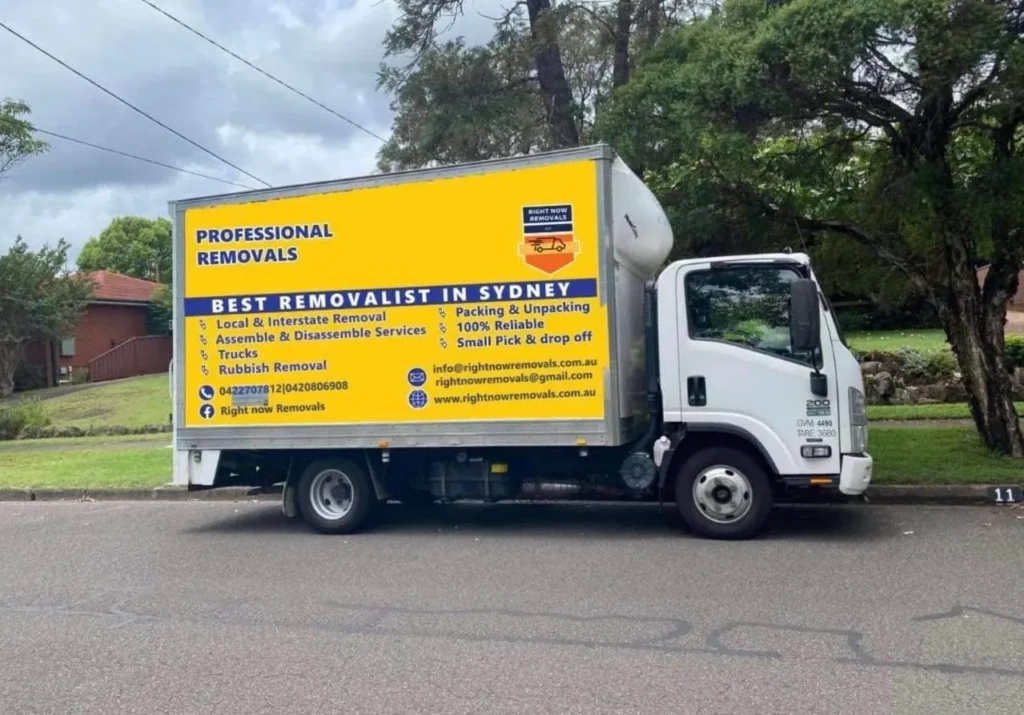Understanding the Scope of Your Office Relocation
Embarking on an office relocation is a significant step for any business. Understanding the full scope of the move is essential for minimizing disruptions and aligning the relocation with your business’s strategic goals.
Defining Business Objectives for Relocation
Identifying the reasons and objectives behind the move is crucial. Whether it’s for expansion, cost reduction, or strategic location, having clear goals will guide the entire moving process.
Assessing the Needs of Your Business
Evaluate what your business needs in its new location. Consider space requirements, the potential for growth, infrastructure needs, and employee commute times.
Planning Your Office Move
A well-planned move is the cornerstone of a successful office relocation. It involves meticulous preparation and attention to detail.
Creating a Detailed Moving Timeline
Develop a timeline that outlines key activities and deadlines. This timeline should start from the planning stages through to the final setup in the new office.
Assigning Responsibilities and Roles
Identify team members who will lead and manage the move. Assigning specific tasks and responsibilities ensures nothing is overlooked.
Budgeting for the Move
Setting a budget for the move is crucial. Include costs for professional movers, transportation, insurance, and any potential downtime that could affect business operations.
Selecting the Right Moving Company
Choosing a professional moving company that specializes in office relocations can drastically reduce the stress and complexity of the move.
Criteria for Choosing Professional Movers
Select movers with experience in office relocations, good reviews, and robust insurance options to protect your equipment during the move.
Evaluating Office Movers
Request quotes and conduct meetings to assess which movers understand your business’s specific needs and can offer the most seamless transition.
Preparing Your Team for the Move
Keeping your team informed and involved is essential for a smooth transition.
Communicating Effectively with Employees
Regular updates about the moving process help manage expectations and reduce employee anxiety. Provide clear information on moving dates and expectations.
Managing Employee Expectations and Concerns
Address any concerns your employees may have about the move, including changes in commute times or office layout.
Packing and Organizing Office Equipment
Properly packing and organizing office equipment is critical to avoiding damages and ensuring an organized setup at the new location.
Best Practices for Packing Electronics and Sensitive Equipment
Use appropriate packing materials and techniques to ensure that all electronic equipment and sensitive documents are transported safely.
Labeling and Inventory Management
Label all boxes and keep a detailed inventory to track all items during the move. This makes unpacking and setting up easier and ensures nothing is lost.
IT Infrastructure and Setup
The transfer and setup of IT infrastructure are pivotal to resume operations quickly after the move.
Planning the Transfer of IT Assets
Coordinate closely with your IT department to plan the transfer of servers, computers, and other technology. Ensure all data is backed up before the move.
Ensuring Continuity of Operations
Set up essential IT infrastructure first to minimize downtime and help employees return to work immediately after the move.
The Logistics of Moving Day
Effective coordination on moving day is key to a smooth office relocation.
Coordinating Logistics with the Moving Company
Work closely with the moving company to ensure all aspects of the move are managed according to plan. This includes the transport of items and access to the new location.
Final Checks Before the Move
Conduct a final walkthrough in both the old and new offices. Check that everything is packed and ready in the old office and that the new office is prepared to receive the items.
Setting Up Your New Office
Setting up your new office effectively can greatly influence the first impressions and productivity of your team.
Arranging Your Office Space Efficiently
Plan the layout of your new office to maximize space and enhance productivity. Consider the flow of employee traffic and the placement of essential equipment.
Immediate Steps Post-Move
Once the move is complete, set up essential services first, such as the internet, phones, and utilities, to ensure that business operations can resume with minimal interruption.
Post-Move Adjustments and Feedback
After the move, it’s important to address any issues that arise and take steps to improve future relocation processes.
Addressing Post-Move Concerns
Be prepared to handle logistical issues or employee dissatisfaction. Quick responses to these issues can prevent them from escalating.
Gathering Feedback for Future Improvements
Collect feedback from your team on the move process. This feedback can be invaluable for planning future relocations or other large projects.
FAQs About Office Relocation
Here are some frequently asked questions about office relocations.
How long should an office move take?
The duration of an office move can vary based on the size of the company and the distance of the move. Typically, small to medium office moves might take a few days to a week.
How to minimize downtime during a business move?
To minimize downtime, plan the move during non-business hours or weekends. Prioritize the setup of critical IT and communication systems to get your team back to work as quickly as possible.
Conclusion
An office relocation is a major undertaking that requires careful planning and execution. By following this comprehensive guide, businesses can ensure a smooth transition to their new location, minimizing downtime and maintaining employee morale. Proper preparation, effective communication, and the support of a professional moving company are key to a successful office move.




